 October 2023
The multidisciplinary world of space habitation design
October 2023
The multidisciplinary world of space habitation design
...industry, etc. This way, it can report about research and development activities in the field of space habitats, propose standards for space habitat development and operation and support workshops and general activities in the field (figuratively and...
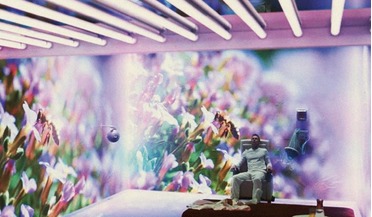 May 2020
Mixed reality in the design of space habitats
May 2020
Mixed reality in the design of space habitats
... (MR) systems are likely to play a significant role in maintaining the psychological comfort of residents in long-duration space habitats Today, a variety of technologies, ranging from portable devices to room-based systems, and from projection-based...
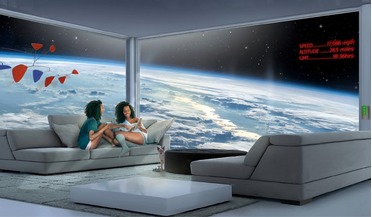 May 2019
Cold comfort for astronauts
May 2019
Cold comfort for astronauts
... everyday life a pillow represents one of the simplest examples for personal comfort. We can use this as a notional space habitat object for discussion. At first glance the utility of a pillow in zero gravity might not be obvious. But, as we explore...
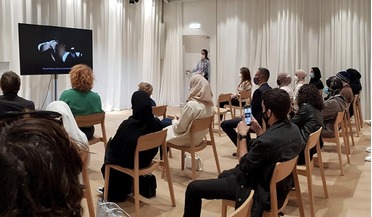 January 2023
LUNAR OASIS – architectural visions for an integrated lunar habitat
January 2023
LUNAR OASIS – architectural visions for an integrated lunar habitat
..., was provided by an extended team of experts from space architecture and engineering, space companies and the European Space Agency. The goal was to experience how designing for habitats in space, the most extreme of environments, could help...
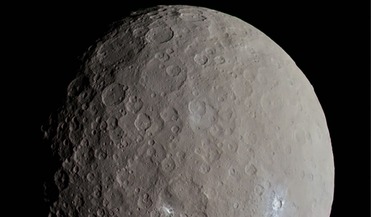 November 2021
Megasatellite habitat at Ceres
November 2021
Megasatellite habitat at Ceres
... by a system of two lightweight parabolic mirrors concentrating light to a suitable level before being fed into the habitat. The urban space on the other hand will be illuminated by artificial lighting. The mass of air per biomass is much less...
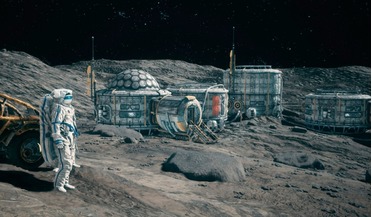 May 2022
Design architecture for 3D printing a lunar habitat
May 2022
Design architecture for 3D printing a lunar habitat
... extremes of temperature, site design options include fully surface or fully subterranean habitats, for example, in lava tubes. The current proposals favoured by most space agencies include the ESA designed hybrid approach, where the colony module...